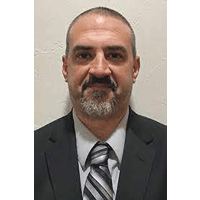Plumbing, HVAC and Fire Protection Codes
Codes Corner: Water efficiency is critical to creating sustainable and resilient communities
Model building codes and standards have already begun addressing this.
May 4, 2021
Innovative plumbing code technologies are critical to creating sustainable and resilient buildings
Technologies are most effective when recognized and implemented by the entire building industry.
April 29, 2021
Codes Corner: An introduction to IAPMO IS 34
This comprehensive document serves as the first illustrative manual of its kind in the nation.
April 6, 2021
Codes Corner: How code or specialty plumbing certification sets you apart as a contractor or engineer
Differentiate yourself from your competitors.
March 4, 2021
Flexible Parking Garage Gas Monitoring Design is Key
A vendor offering engineering support up-front and as needed can speed compliance and project completion.
February 10, 2021
Codes Corner: Encouraging economic recovery
Creating sustainable communities requires modern building codes to reflect society’s needs.
January 29, 2021
PM Profile: IAPMO’s Dave Viola
New CEO discusses goals for 95-year-old codes and standards association.
January 13, 2021
Keep your content unclogged with our newsletters!
Stay in the know on the latest plumbing & piping industry trends.
JOIN TODAY!Copyright ©2024. All Rights Reserved BNP Media.
Design, CMS, Hosting & Web Development :: ePublishing










